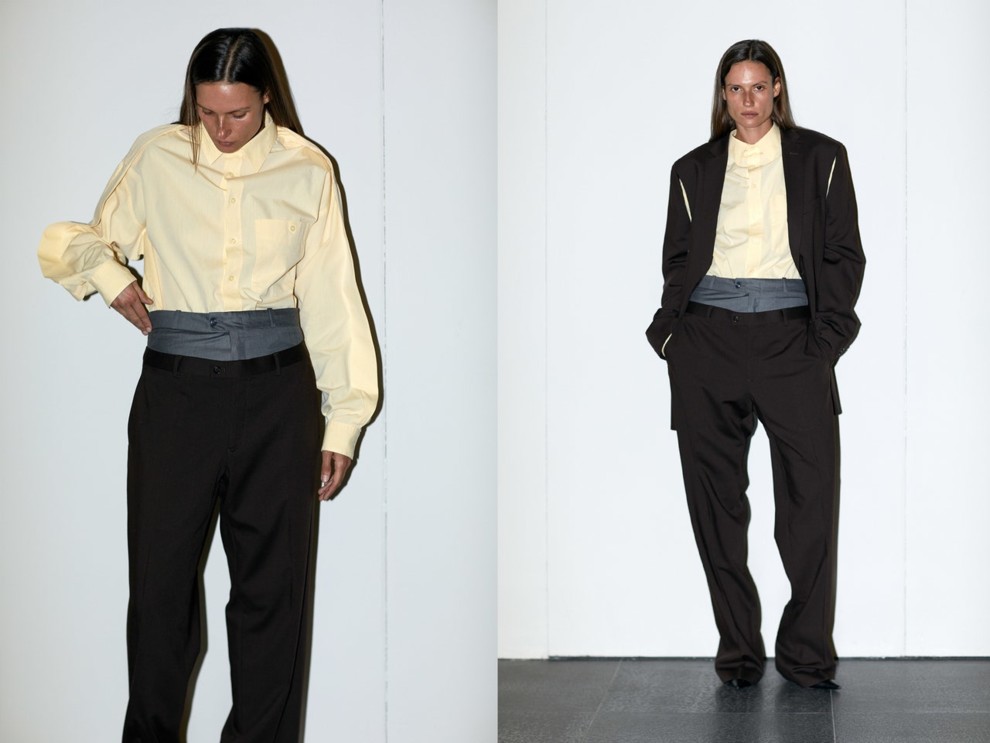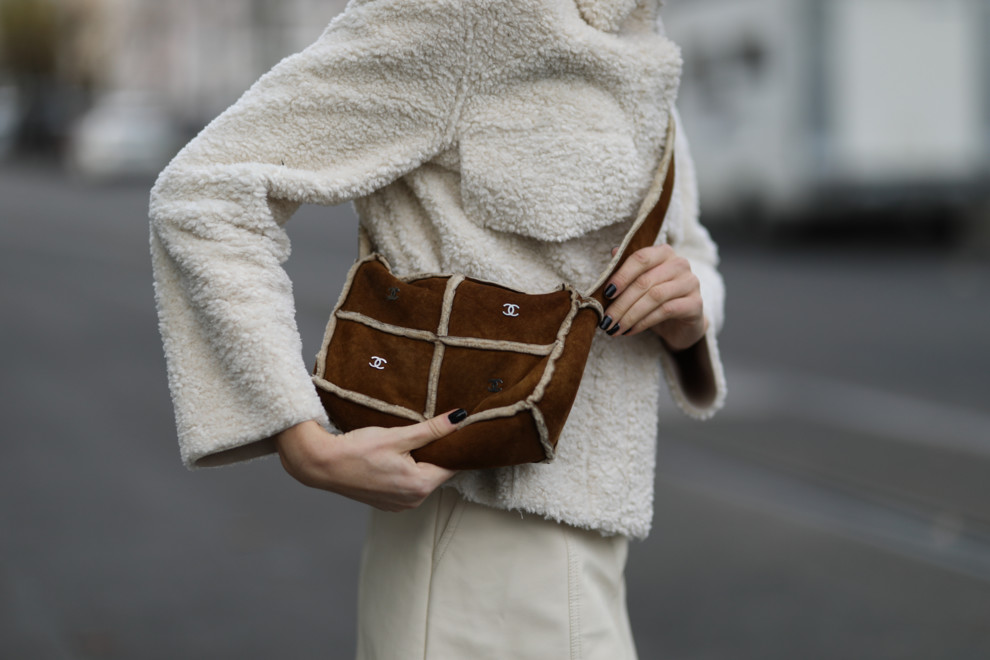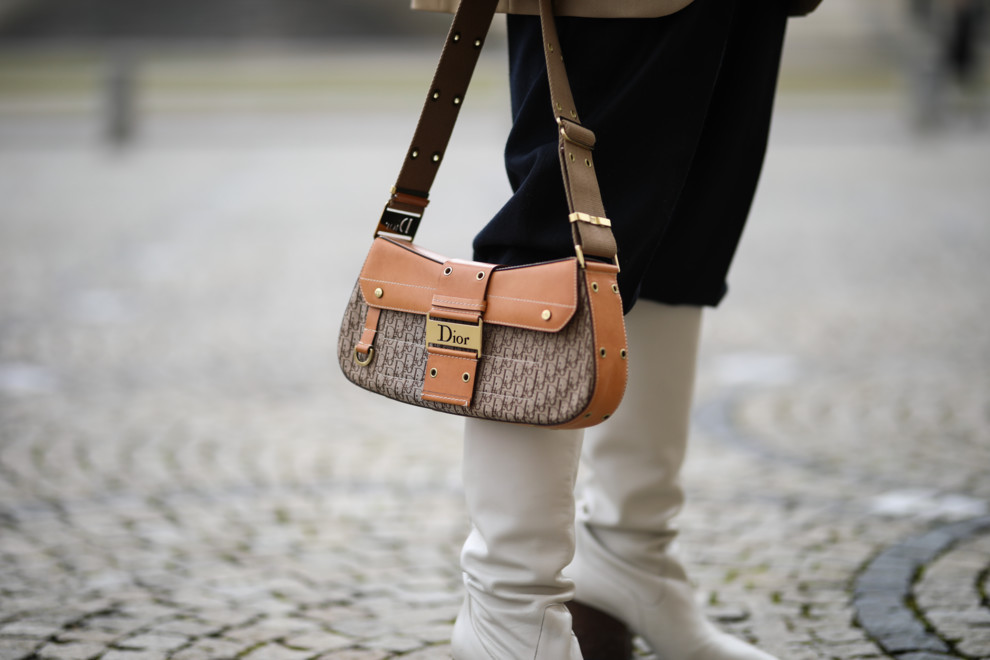2020 was not the best year for clothes, at least for new ones. Consumer spending on new items fell by a record 79% in April 2020, at the start of the pandemic. Those of us lucky enough to work remotely didn’t have much of a reason to buy new wardrobe items. Homewear is the only exception – the demand for it continues to grow.
Let’s check Vogue’s conclusions about the role of upcycling in the post-pandemic year.

Better
In response to this decline in profits, brands tried to offset their losses by canceling orders from factories, triggering a crisis for garment workers worldwide. 4 million Bangladesh workers were left jobless and on the brink of starvation. On the other hand, the climate crisis has also reached a tipping point – despite all efforts, the industry has not made much progress in limiting its environmental impact.
Now spending has started to pick up again, but people are no longer shopping the way they used to, and a full recovery in the industry is not expected in the next few years. The Boston Consulting Group estimated that 2020 ended with a $640 billion loss in sales. The question remains: where will people go when they want to shop again? Will they rekindle their interest in brand new items or prefer existing clothes and turn to second-hand, recycled, and vintage items?

Interest in vintage clothing is growing relentlessly, according to Lyst’s annual report, which provides extensive data on the most popular brands, products, people, and movements over the past 12 months. In September, when many of us were thinking about our fall wardrobe, “vintage fashion” generated over 35,000 new searches on Lyst, and searches for keywords related to used goods increased 104%. Brides planning a wedding in social isolation looked for vintage bridal gowns, with a 38% increase in searches.
Perhaps this is the first time people are profoundly thinking about their carbon footprint, or the efforts of their favorite brands inspire them. In the spring-summer 2021 collections, more and more designers have stated that they have used leftover fabrics from past collections, and in some cases (for example, Marine Serre), they have turned to vintage clothing to create new ones. The Coach S / S 2021 collection has been styled with pieces from past seasons to assert longevity, and the brand has introduced bags made from 70s archival wallets and recycled plastic. In October, Levi’s unveiled a new website, Levi’s Secondhand, which sells exclusively vintage and second-hand jeans, most of which were purchased from customers or purchased from vintage stores. That same week, Gucci began a collaboration with The RealReal, something we couldn’t have thought of just a few years ago when luxury homes mostly avoided talking about resale. By Far and Vestiaire Collective recently launched a capsule collection of handbags made from leather scraps with patchwork floral motifs not found in the mainline. And next month, Miu Miu will unveil a collection of 80 recycled holiday items in its 57th Street store, each made from vintage items from the 30s and 70s. Perhaps we’ll see some of Miu Miu’s recycling experiments in Display Copy, a new magazine dedicated only to second-hand and vintage fashion.

Levi’s Secondhand
Circular fashion, that is, clothing that re-enters the market or is transformed into something new rather than thrown away, is undoubtedly the future. ThredUp predicts that the resale market will reach $ 64 billion by 2024, and the online used market will grow 69% by 2021. Farfetch has seen such a positive response to its Second Life branded handbag resale service in the UK that it has applied the experience to the US as well. “The reason we are launching this new service is to follow the needs of our customers,” explains Giorgio Belloli, Director of Commerce and Sustainability at Farfetch. “Many of them have been buying or selling used goods in the past few years, so we decided to introduce this service. We see that circularity not only ensures customer retention on our site but also helps in attracting them. Many UK customers using this service are actually new to Farfetch.”

Undoubtedly, in the future we will see luxury brands create their own version of Second Life, taking items from their customers in exchange for cash or credits and then reselling them as antique treasures. The current model is linear in many ways: a brand sells you a product, and responsibility for that instantly becomes your responsibility. However, this is bad for the environment – many people still throw old clothes in the trash can, even if they are in good condition, and most do not decompose in landfills.
It’s fair to assume that most luxury item buyers don’t throw away $ 3,000 bags. This concept is evident for high-end products that retain their value, but it can work for fast fashion brands as well as long as the clothing is of high enough quality. A polyester blouse is not the best second-hand product. Brands that invest in durable materials are best suited to join the circle.

Whereas before vintage treasures were not so accessible to the masses – the highest quality vintage was only in big cities like New York and Paris – everything has changed thanks to the Internet and Instagram. Buying vintage units online becomes even easier with Gem, a new search engine dedicated to vintage and used fashion. Liisa Jokinen, who grew up in Helsinki, came up with the site when she moved to America six years ago and discovered “tens and hundreds” of vintage and second-hand websites ranging from RealReal to much smaller vendors. “It was physically impossible to visit all online stores and marketplaces when I wanted to find a certain product. I thought there must be a better way to find and buy vintage items – a search engine that brings all the vintage online platforms together in one application. It saves so much time. Some of my friends thought it was too time-consuming to visit these shops, but with Gem, they fell in love with secondhand again, as they can now find the things they need much faster and at any time of the day.”
Gem only works if you know exactly what you’re looking for, which means you won’t stumble upon a mohair sweater if you’re looking for leather jackets. But what is game-changing is that Gem can replace your idle Google searches so you can find vintage or second-hand alternatives to items you usually buy new. Maybe you’ve seen some famous person in a lilac cardigan, and instead of Google searching hundreds of brand new cardigans, you can find Gem even better – and just as quickly.

“We believe that vintage and second-hand are not just a tribute to trends; they are something that will stay with us for a long time,” adds Jokinen. “Demand will continue to grow, and more people will start selling and consuming vintage and used items. This will be the new norm for more and more people.”
“The possibilities we can create in this space with technology and data are endless,” adds Farfetch’s Belloli. “I see it is becoming more relevant and vital, and it will become a big part of every brand’s business. We already see this in other markets, such as the automotive industry. Brands need to start seeing more value in what they’ve sold. “
This shift will require some other changes, including creating fewer new products. A less is more approach can lead to more luxurious, high-quality items that retain their value and last longer. This year, almost every designer talked about their desire to stick to sustainability, produce less, and only develop what they believe in – ideas that sound great on paper but can be tricky to implement in the real world. These are radical changes that will require new profit margins and key performance indicators (KPIs) focusing on longevity, sustainability, and environmental impact rather than short-term profits. Hopefully, in 2021, such a transformation turns into action in words.You may read about environmental trends 2021 and what you ought to know to save the planet here.



